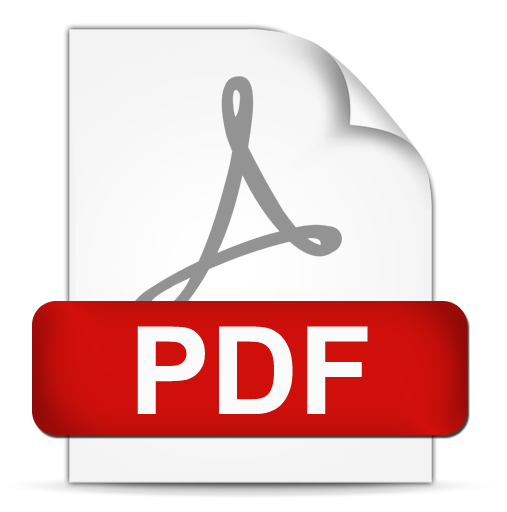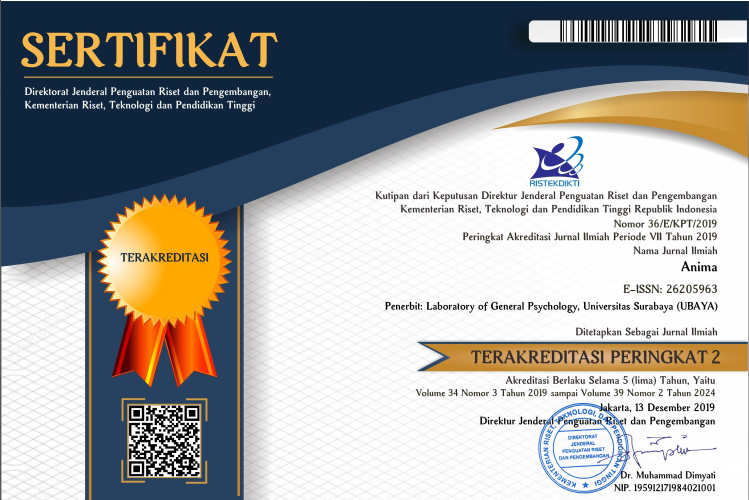The Response Patterns of the Career Interest Instrument Based on Holland’s Theory
 Abstract Views:
702 times
Abstract Views:
702 times
 PDF - Full Text Downloads:
704 times
PDF - Full Text Downloads:
704 times
Abstract
This study aims to identify: patterns of responses, the item parameters, and the possibility of gender bias in the career interest instrument developed by the authors based on the Holland’s theory. The sample of this study was 576 elementary students in Daerah Istimewa Yogyakarta who were recruited using the cluster random sampling method. Two parameters were employed to analyze the response patterns using BILOG program. The results were: (1) three items have inappropriate response patterns to the model; (2) all items of the career interest instrument showed good item parameter criteria; and (3) ten items were identified containing Differential Item Functioning (DIF) in relation to gender bias as shown by the Item Characteristic Curve (ICC). The implications of this study are this instrument can be used in assesing career interest of students and the information of biased items may be considered in the selection of careers for male and female students, including in scoring and interpretation.
Downloads

This work is licensed under a Creative Commons Attribution-NonCommercial-ShareAlike 4.0 International License.
Articles published in ANIMA are licensed under a Creative Commons Attribution-NonCommercial-ShareAlike 4.0 International license. You are free to copy, transform, or redistribute articles for any lawful, non-commercial purpose in any medium, provided you give appropriate credit to ANIMA and the original Author(s), link to the license, indicate if changes were made, and redistribute any derivative work under the same license.
Copyright on articles is retained by the respective Author(s), without restrictions. A non-exclusive license is granted to ANIMA to publish the article and identify itself as its original publisher, along with the commercial right to include the article in a hardcopy issue for sale to libraries and individuals.
By publishing in ANIMA, Author(s) grant any third party the right to use their article to the extent provided by the Creative Commons Attribution-NonCommercial-ShareAlike 4.0 International license.

 DOI:
DOI:



